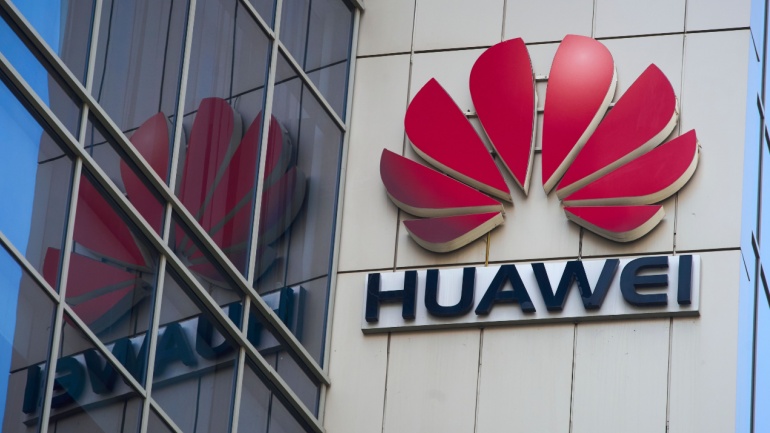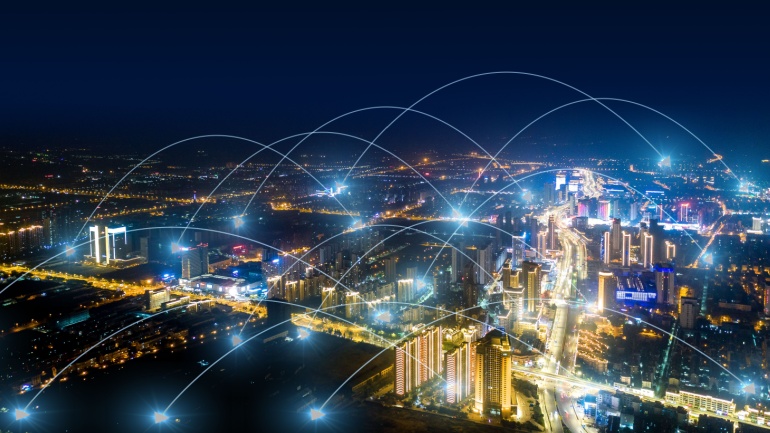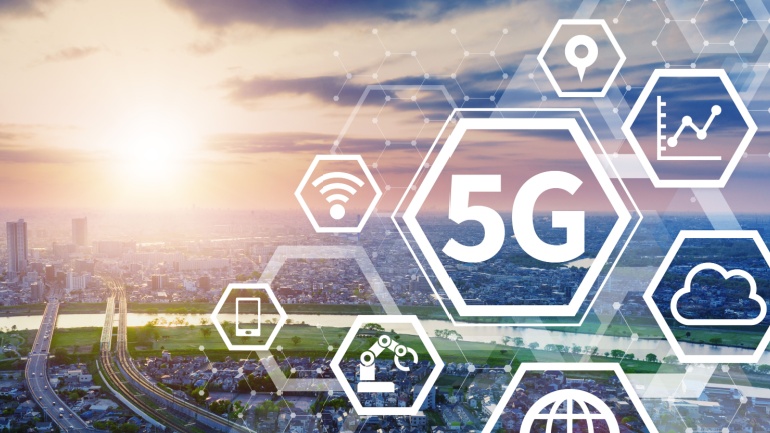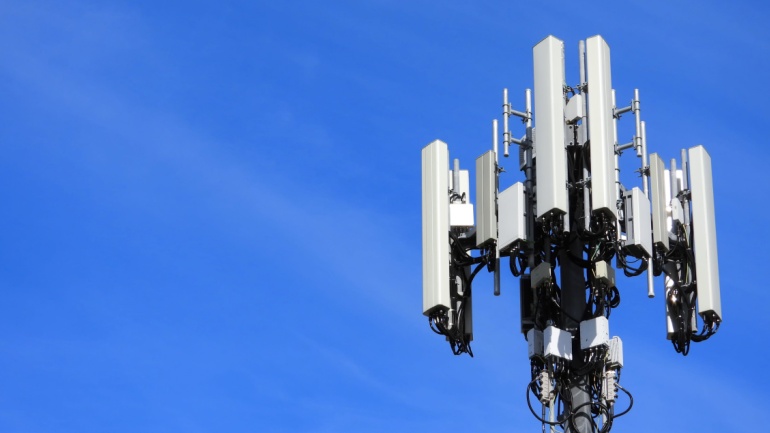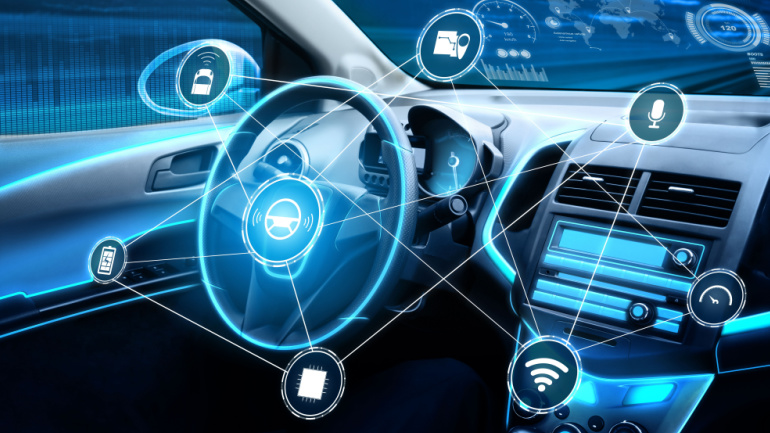Huawei is expanding its AI cloud services across the Asia-Pacific region, significantly growing despite US-led sanctions. Their offerings, including Ascend Cloud Service and Pangu large language model, aim to revolutionize sectors like finance and weather forecasting. This strategic move presents exciting opportunities for VoIP engineers and IT professionals.
Huawei has initiated legal action against MediaTek over alleged patent infringement, signaling a strategic move to monetize its extensive patent portfolio. With around 140,000 global patents, Huawei generated $560 million in royalty fees in 2022. As geopolitical tensions rise, Huawei’s patent enforcement becomes key in maintaining revenue streams and competitive edge.
Claro has achieved a milestone in Brazil by successfully testing 5G-Advanced (5G-A) in partnership with Huawei, reaching speeds over 10 Gbps. Utilizing a commercially active 5G antenna and advanced modems, the trial signifies a leap forward in mobile internet technology.
Reports have surfaced indicating that Nokia is on the brink of finalizing a significant deal with Portuguese mobile network operator MEO to deploy 5G radio access network (RAN) infrastructure. The move comes as MEO currently relies on Huawei equipment for its RAN operations.
The US government has taken a significant step by revoking specific licenses that allow American chip manufacturers to export goods to Huawei, the Chinese tech giant. This action will notably reduce the sales of major chip producers like Intel and Qualcomm to China.
In a letter addressed to Congress, Rosenworcel highlighted that the Reimbursement Program would require approximately $4.98 billion to cover all “reasonable and supported” cost estimates in approved applications. This starkly contrasts with the current appropriation of $1.9 billion, resulting in a notable deficit.
According to Counterpoint’s Market Pulse Service, China’s overall smartphone sales saw a modest 1.5% year-on-year growth in Q1 2024, marking a second consecutive quarter of positive growth. Notably, Huawei experienced a remarkable 69.7% year-on-year increase in market share, solidifying its position in the market. This growth was attributed to Huawei’s successful launch of the 5G-capable Mate 60 series and its enduring brand reputation, particularly in the premium segment priced above $600. In contrast, Apple witnessed a 19.1% year-on-year decline in market share during the same period, partly due to Huawei’s gains in this segment.
In a significant development for Romania’s telecommunication landscape, Huawei, the Chinese equipment manufacturer, has faced a major setback. The Romanian government has formally declined Huawei’s request to deploy its technology within the nation’s 5G networks. This decision, disclosed through the Romanian government gazette without an official press statement, effectively bars Huawei from any future participation in the Romanian mobile network market.
At MWC 2024, a pioneering agreement was drawn between Indosat Ooredoo Hutchison and Huawei, aiming to bolster AI’s transformative role in industry applications and skill enhancement. With AI driving industrial growth, both parties jointly commit to democratizing digitalization and nurturing shared cloud resources, fostering innovation and significant growth.
Telecommunications giant Kirin partners with Chinese auto manufacturer Dongfeng, aiming to innovate in ‘new energy’ automobiles. The deal looks to infuse Huawei tech into Dongfeng’s vehicles, sparking curiosity around specifics and outcomes. Voyah, the brand at the center of the deal, ambitiously plans to double their output, leveraging China’s vigorously blooming EV market.



